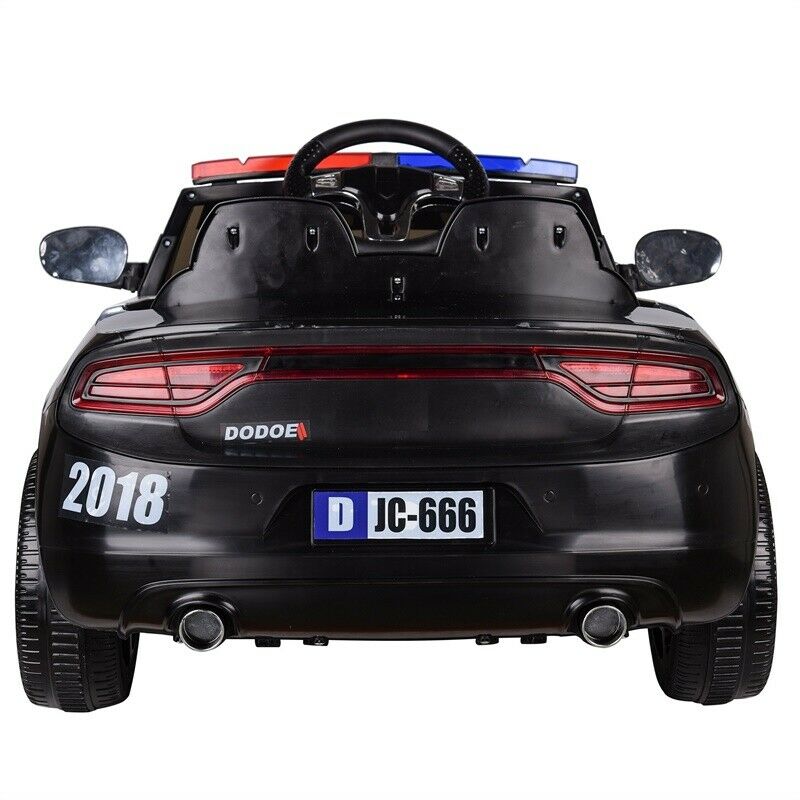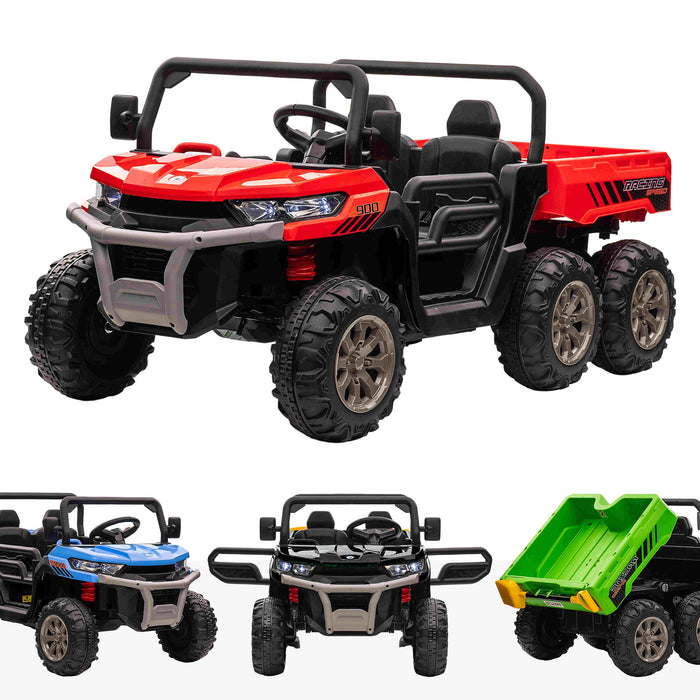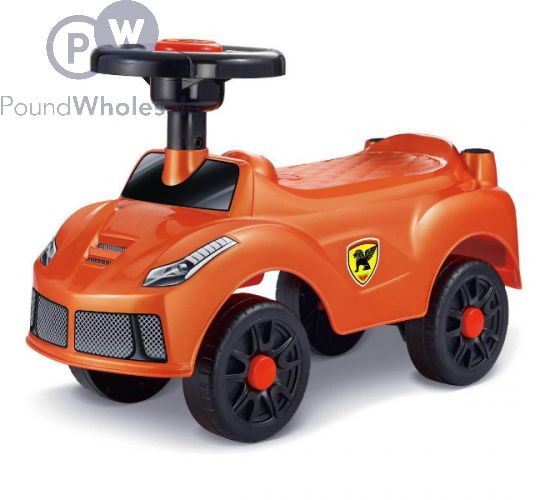Handy Suggestions For Choosing Electric Kids Cars
Wiki Article
What Ride-On Safety Features Should I Look At? The Pros And The Pros And
To ensure your child's safety, you should consider the following options. Seat Belts, for example, are a safety feature which is essential to think about.
The benefits of seatbelts are that they keep your child in the vehicle that they ride in, decreasing the chance of them falling out or getting thrown out of the vehicle while playing. The seat belts add an extra layer of security to your child, especially in the event of abrupt stops or abrupt turns.
Cons – Some ride-ons particularly those intended for children are not equipped with seat belts. Additionally, some children find seatbelts to be restricting and uncomfortable. This could result in a resistance to using them.
Sturdy Construction
Pros: A durable ride-on car that is made from high-quality materials and durable construction is more durable to damage. It will ensure long-term safety. It is able to withstand the demands of play and provide stability.
Cons - Durable construction comes with a steep cost, making it out of reach for a large number of families. The weightier materials used can hinder the mobility and maneuverability.
Low Center of Gravity
Pros - Ride on cars with lower centers of gravity have a lower chance to tip over and reduces the chance of accidents or injuries. They provide greater stability and control during turns and maneuvers.
Cons - Some ride-on cars that have a lower center of gravity sacrifice ground clearance and off-road abilities that can limit their flexibility.
Child Remote Control -
Pros: Remote-controlled cars give parents the capability to supervise and monitor their children's activities, giving an extra layer of supervision and security. Parents can avoid collisions, assist in an emergency situation, or navigate tricky terrain.
Cons The remote control of parents may restrict the independence and autonomy of children, since they are dependent on parental assistance and direction in play. Moreover, the price of ride-on vehicles controlled by remotes may be more expensive than the cost of manual ones.
Speed Limiters Speed Limiters
Pros: Ride-on cars that have adjustable speeds or speed limiters let parents determine the maximum speed of the vehicle. This decreases the chance of collisions or accidents. Parents can also raise the speed of the ride-on car as their child grows more confident and proficient.
Cons – Some children will surpass lower speeds that can result in frustration and discontent. Additionally the speed limiter might not be present in all models. Also, it could require an additional feature or accessory.
Safe Start Technology -
Safe start technology reduces the chance of sudden jerks and lurches that can frighten or cause a child to fall. It makes riding more comfortable and secure.
Pros - Ride-ons equipped with safe-start technology are more costly. Additionally, children may discover that a gradual acceleration and deceleration are less enjoyable or thrilling than instant starting and stopping.
Visibility Enhancements
Pros - Ride-on cars fitted with visible enhancements such working headlights, reflective materials or taillights improve the visibility of the vehicle. This is particularly true in dimly illuminated areas or conditions. They increase safety by increasing the visibility of cars to pedestrians as well as other vehicles.
Cons - The addition of visible features can add battery consumption or increase the complexity in the design of the ride-on vehicle. These issues can cause problems or maintenance problems.
By considering these safety features, and weighing their pros and cons, you can choose a ride-on car that prioritizes your child's safety and provides an enjoyable and fun play experience. Read the most popular Audi kids car for website recommendations including ride electric car, pedal car, remote control childrens electric cars, kidscars, electric ride along car, toy toy cars, ride on toy, toy car for car, a toy car, childs car toy and more. .

What Maintenance And Assembly Requirements Are There For Kid's Ride-On Vehicles?
The ride-on vehicles for kids typically need some assembly and ongoing maintenance to ensure their performance is optimal security, longevity, and safety. Here are a few common assembly and maintenance needs for children's ride-on cars:
The majority of ride-on vehicles arrive in partially assembled condition and need to be assembled upon arrival. This typically involves attaching components such as wheels and steering wheel, seats, and other components according to the instructions of the manufacturer.
Be sure to follow the assembly instructions carefully and ensure that every component is securely secured. Use the hardware and tools that are provided to complete the task.
Cleaning
It is important to clean the vehicle that you ride on regularly in order to maintain its appearance and functionality. Make use of a soft cloth that has been dampened using mild soap and water, to wipe the exterior surfaces.
Pay attention to areas prone for accumulation such as the tires, wheels and undercarriage. To get rid of the grime and dirt that is difficult to remove, use a toothbrush or brush to reach those areas that are difficult to reach.
Do not use harsh cleaners or water jets that are high-pressure which could harm the electronic and paint components on car.
Battery Care
It is crucial to take care of the battery when your vehicle you drive by a battery that is able to be recharged. This will help keep your battery running and prolong battery life. Follow these tips for caring for your battery -
Charge the battery fully before the first use, and then following each use to ensure that you get the maximum amount of runtime.
Beware of charging your battery too much or leaving it connected to a charger for a long time. Both could damage the battery and shorten its lifespan.
If not in use When not in use, keep the ride-on car and battery away from direct sunlight or extreme temperatures.
Check the battery terminals periodically to see if they are damaged or corroded. Clean them when needed using the help of a wirebrush or a terminal cleaner.
Replace it if the battery isn't holding a full charge or has signs of deterioration or damage.
Tire Maintenance -
Check your tires regularly for signs of wear, damage or decrease in air. If needed, inflate the tire to the recommended pressure using a bicycle compressor or pump.
Check the tread pattern of your tires for obstructions and foreign matter that may cause punctures or flats. Replace the damaged tires and eliminate any obstructions.
Lubricate the wheel bearings and axles at regular intervals to reduce friction.
Occasional Repairs and Replacements
Even with routine maintenance, it is possible that ride-on vehicles will need to be repaired or replaced with parts due to wear and tear or accidents.
Be on the lookout for indications of wear or damage like unusual sounds, loss of power, or erratic behavior. For help with troubleshooting or repairs, consult the manufacturer's instructions.
To avoid further damage, replace worn-out or damaged parts as soon as possible to ensure security and function.
If you follow these maintenance and assembly guidelines, you can keep your child's ride-on vehicle in good condition and provide hours of fun and safe playing time for your child. Follow the top go here on ride on toys for blog advice including childs electric ride on car, childs car toy, toy car for car, electric car ride, childrens electric ride on, lambo toy car, lambo toy car, car toy car toy, electric car ride, ride on digger and more. .

What Are The Different Kinds Of Remote Controlled Childrens Cars? What Are Their Advantages And Disadvantages?
Remote control vehicles for children Also known as RC or remote-controlled cars, are available in a range of styles, sizes and prices. They are designed to meet the needs of different tastes and budgets. This article will provide an overview of types, sizes and prices of children's remote controlled cars, along with their advantages and disadvantages.
Electric RC Cars – Batterie-powered remote-controlled vehicles that can be used for both outdoor and indoor use. They are available in many styles, such as buggies, trucks, and sports cars.
Nitro RC Cars – Gas powered remote controlled cars which provide better performance, but require greater maintenance. They tend to be larger and cost more than an electric RC car.
Scale Models are remote controlled replicas that include cars, trucks and airplanes. Scale models come in different scales, ranging from 10- to 1-24 inches With larger scales offering more details and authenticity.
Sizes -
Remote-controlled cars for kids are available in various sizes. From tiny to full-size replicas, they come in a variety of shapes and sizes. The size and weight of the car can affect its performance.
Micro-sized cars are compact and light, making them suitable for indoor use and for children who are younger. Models with larger scales offer more power and durability and therefore are perfect for off-road and outdoor racing.
Prices
The cost of remote-controlled children's cars vary depending on various factors, including dimensions, features, brands and the build quality.
Small electric vehicles can be bought for between $20 and $100, and larger electric or nitro-powered RCs may cost between $100 and $500 or more.
The price of scale models as well as hobby-grade RC vehicles range from a few hundred dollars to more than a thousand dollars depending on the level of performance and detail.
The pros and cons of -
Pros -
Entertainment - Remote control for children's automobiles can bring hours of excitement and enjoyment for children and adults alike.
Skills Development Utilizing an RC vehicle helps develop hand-eye coordination, spatial awareness and problem-solving skills.
Social Interaction: RC cars can be played with families and friends, promoting collaboration and social interaction.
Customization - Many RC car models can be customized using aftermarket parts or upgrades to improve performance and appearance.
Cons
Costs - A car that is remote controlled for children that has advanced features or hobby grade models can be expensive.
Learning Curve - Operating an RC vehicle requires practice and expertise, and smaller children may struggle with the controls in the beginning.
Maintenance Regular maintenance is essential for RC cars including cleaning, lubrication and repairs.
Safety concerns RC automobiles pose a security risk, and can cause electrical hazards, collisions and falls if used without adult supervision.
Overall, remote controlled children's cars offer a thrilling and educational experience for kids of all ages, but it's essential to consider things like dimensions, cost features, safety, and size when choosing the right car for your child. Hobby-grade RC cars are appropriate for older children and those who are avid, while less complex models are ideal for younger kids and novices. Have a look at the recommended remote control childrens cars kidscars.co.uk tips for website recommendations including two seater electric cars, ride on toy, 2 seater electric cars, kiddies cars, cars pedal car, toy the car, lambo toy car, ride ons, toy cars, two seater childrens electric cars and more. .
